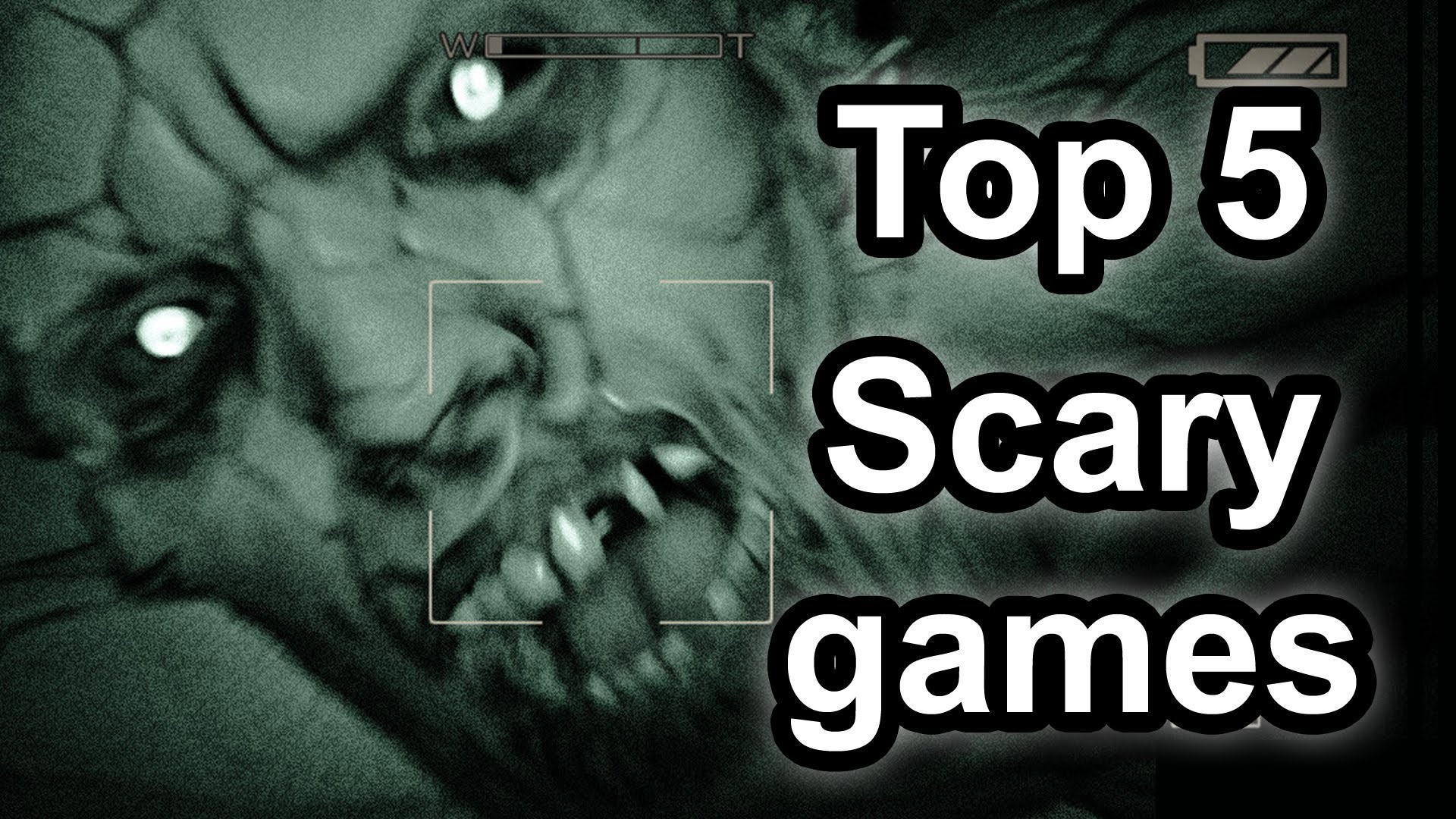
What better way to celebrate Halloween other than watching horror movies and playing some scary video games at midnight. Well, kudos to you if already have survived and finished Silent Hill without breaking a sweat. But we wonder if you could take down these 5 games that were proven to be the scariest ones that were ever made.
1. Amnesia: The Dark Descent
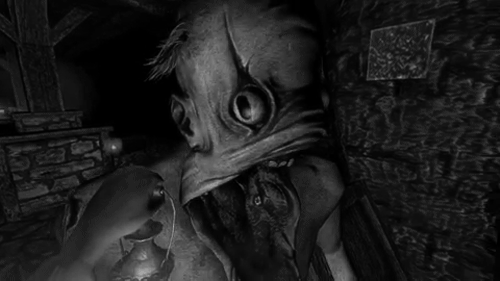 Amnesia: The Dark Descent has received critical acclaim with consistent praise given for the ominous atmosphere and horror elements, and was even described as the “most successfully frightening game to have been made.” The game, set in 1839, casts the player in the role of Daniel, a young man from London, who awakens in the dark halls of Prussian Brennenburg Castle with little to no memory about himself or his past. Shortly after waking, Daniel finds a note written by himself that explains how he purposely made himself forget his past. The note urges Daniel to descend into the castle’s Inner Sanctum and murder a man named “Alexander”, the baron of the castle. The note gives a final warning that a “living nightmare” is chasing him, and Daniel must escape it for as long as he can because there is no way to fight back.
Amnesia: The Dark Descent has received critical acclaim with consistent praise given for the ominous atmosphere and horror elements, and was even described as the “most successfully frightening game to have been made.” The game, set in 1839, casts the player in the role of Daniel, a young man from London, who awakens in the dark halls of Prussian Brennenburg Castle with little to no memory about himself or his past. Shortly after waking, Daniel finds a note written by himself that explains how he purposely made himself forget his past. The note urges Daniel to descend into the castle’s Inner Sanctum and murder a man named “Alexander”, the baron of the castle. The note gives a final warning that a “living nightmare” is chasing him, and Daniel must escape it for as long as he can because there is no way to fight back.
2. Fatal Frame II: Crimson Butterfly
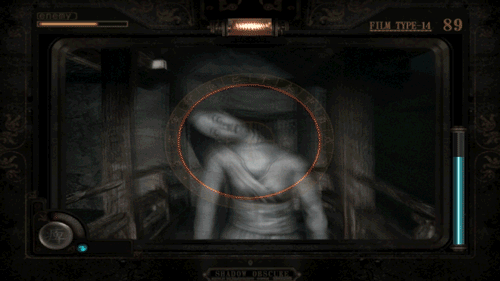
If you ever watched the Thai horror movie, the Shutter and it gave you the spine-chilling horror you haven’t experienced before then Fatal Frame II: Crimson Butterfly will surely make you go nuts. According to its director Makoto Shibata, many players were too scared to finish Fatal Frame on the PlayStation 2—hence, the main reason the installment is called the scariest in the franchise. The protagonists of Fatal Frame II are Mio and Mayu Amakura, twin sisters who are visiting their favorite childhood playspot in Minakami before it is lost in the dam construction. The main antagonist is the vengeful spirit of Sae Kurosawa, the sole Twin Shrine Maiden sacrificed for the failed ritual. She yearns to reunite with her twin sister Yae, whom she mistakes Mio for, and uses Mayu to try and complete the ritual with her.
3. Siren: Blood Curse
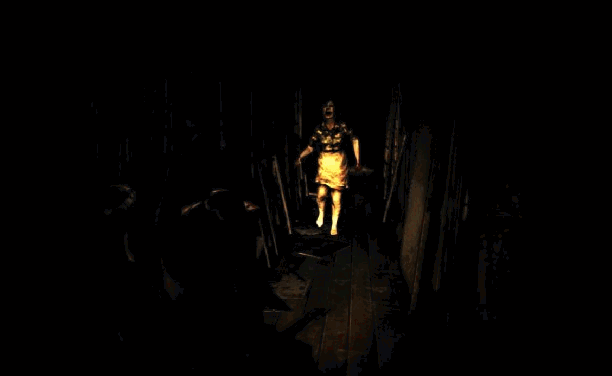
Siren: Blood Curse has received generally favorable reviews, complementing its excellent visuals, atmosphere-setting sounds, storyline, and gameplay. IGN praised the said game by saying its “increasingly suspenseful set of chapters and cut-scenes, frightening jumps and gameplay sequences.” The game’s plot is set on the year 1976 in the remote mountain village of Hanuda, Japan which was destroyed in a cataclysmic landslide. Decades later, an American television crew visits the abandoned village to investigate unsubstantiated reports of paranormal occurrences. Along with other survivors, the humans try to survive in the nightmarish village amid the summoning of an alien god and vicious monsters known as the Shibito.
4. F.E.A.R.
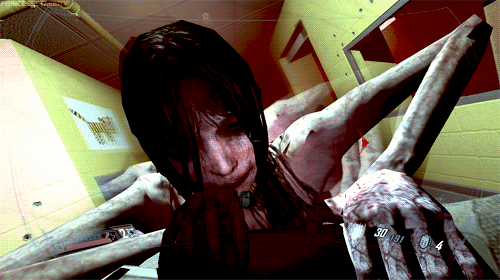
Upon release, F.E.A.R. received critical acclaim, with Computer Gaming World calling it as “one of the year’s top single-player shooters” and by PC Gamer as “the first game to convincingly channel the kinetic exhilaration of ‘John Woo violence’ in the FPS format.” The game follows the story of Paxton Fettel taking command of a battalion of telepathically controlled clone supersoldiers, seizing control of Armacham Technology Corporation (ATC) headquarters, and killing all its occupants. The character’s extraordinarily reactive reflexes are described as well, hinting that the government is interested in his abilities.
5. Friday Night at Freddy’s

It’s been called the “scariest game in years” and has torn up the Steam charts on all gaming PC. It was so popular three sequels were spawned after its release on August 2014. Five Nights at Freddy’s is an indie point-and-click survival horror video game. It centers on a fictional pizza restaurant called “Freddy Fazbear’s Pizza”, where the player must act as a night security guard, defending themselves from the malfunctioning animatronic animal characters by tracking their movement through the facility using security cameras. Your goal is to stay alive until the morning, and ultimately to survive five nights in a row at the pizza establishment—hence the name.